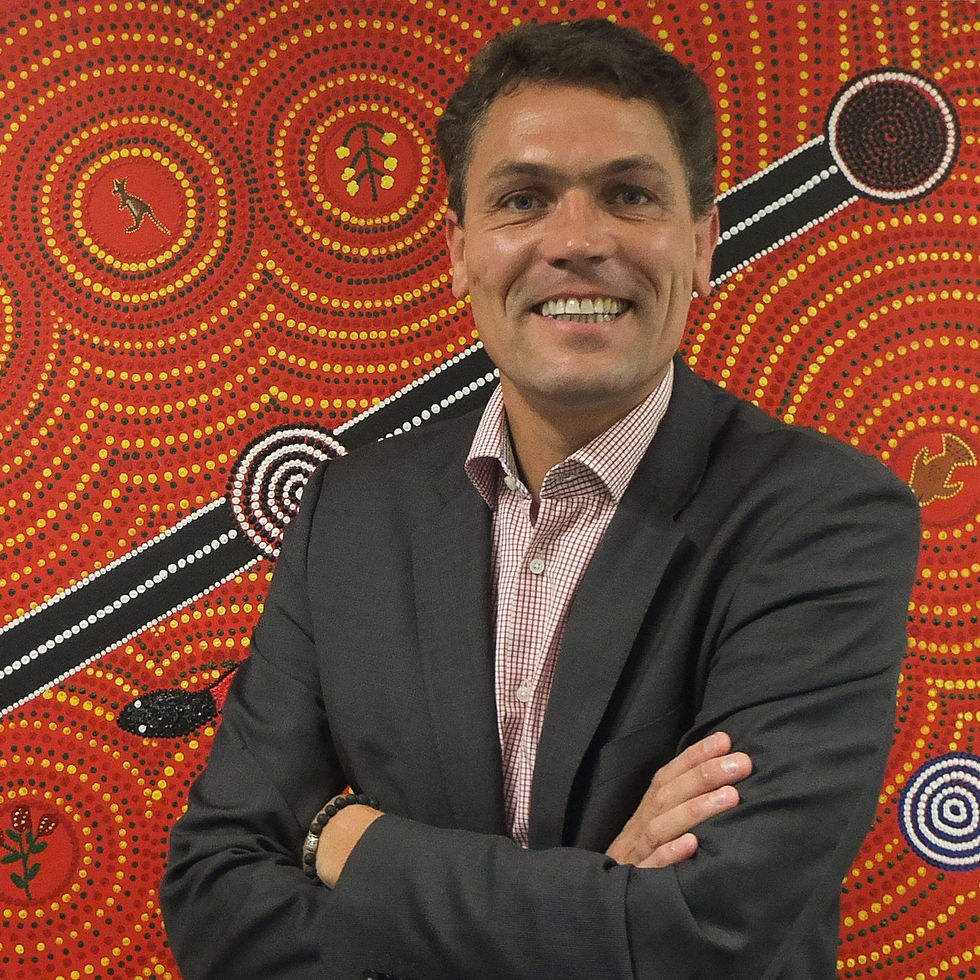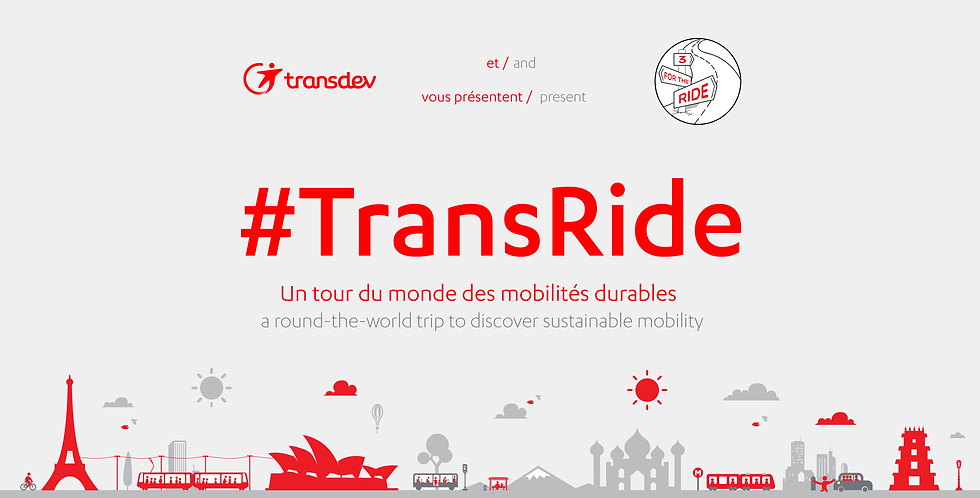World : The innovation that fuels Transdev
- threefortheride
- Aug 20, 2016
- 4 min read
Melbourne, 15th of January, 9 am, Transdev Australasia headquarters. Michel Van Maanen's communicative energy fills the entire room. As soon as he starts speaking, Transdev Australasia's Director of Performance captivates our attention with an inspiring presentation of Transdev's innovation strategy.

***
"Innovation: what exactly is innovation?"
"Innovation: what exactly is innovation?"
Michel is well intent on breaking up the definition of an all-too used word, constantly evolving but never redefined. As he puts it, innovation is a modification of our way of thinking. For Transdev, it is therefore a matter of changing our way of thinking about public transportation and our way of managing it.
What are the means to achieve this goal? There is one expression in particular that is constantly associated with innovation: the digital era. New technologies... We have reached the crux of the matter. But Michel is here to remind us that innovation is much more than that. Innovation starts with an innovative question.
Let's take a well-known case in the transport field: driverless cars. The expression "driverless cars" implies that drivers are an inherent characteristic of a car. For Michel Van Maanen, we must make a clean break with this continuance of thought.
***
Managing the journey
"Why this solution ?" Last year, during a brainstorming session, one of us was surprised to see a technically innovative solution thus greeted. "Innovating to innovate is useless. What does the new product bring to clients? What is its added value?" These preliminary questions may seem obvious, but thinking in terms of "solutions" instead of "reasons and motivations" is a real catch that threatens to spread with the frenzy of technological progress.
Back to our case, public transport. Michel has a question: why do buses run during the whole day, even during off-peak hours? We have to admit, his point of view surprises us. This one question is enough to make us acknowledge our rigid vision of public transport. We tend to see public transport as a field less prone to change than those concerning the individual and the private sector (cars, housing, etc.), that are already changing today. How to create a break-through innovation when it comes to a public service? This is Transdev's dilemma today.
First, the company has a tradition of choosing long contracts and the stability they bring... however stable the field may already be. This is a heritage from the Caisse des Dépôts. As an ex-public company, changing processes is a process in itself.
Another pitfall is that the biggest disruptions of the past years have been driven by companies that do not own any assets (like Airbnb, Uber, etc.). Transdev is built on an industry. Flexibility and short-term thinking take on a whole new dimension. The company's 2020 strategy is made for 3 years - a patent obstacle to reactive and agile action. Rethink its vocation, improve its processes, renew our assets and infrastructure: these are the challenges Transdev is ready to take on, and soon.
From this perspective, which vision of public transport and of our role must guide our future contracts? Transdev's answer is to go beyond operating and start managing the journey. Transdev has the advantage of knowing its clients and of mastering marketing. Like all revolutions, a disruption in public transport can scare some. Marketing plays a vital role.
Finally, according to Michel, Transdev must tend towards a greater intermodality: the user's journey must be integrated and seamless. As tailor-made solutions become widespread, it is easy to understand how important this additional challenge is. In this context, public transport is blessed with a fundamental advantage: the future of our economies is based on sharing. Taking into account the renewed importance of individual needs, public transport will also enter the trend of "on-demand" and "tailor-made" services.
***
The optimisation of vehicles
If you ask a young American if he would rather own a car or the latest iPhone, what will he answer? He will probably choose the iPhone. According to Michel, in the near future, each person will have a "mobility budget", much more flexible than owning a car. Each person will have the means to manage his journey without owning the vehicle. What is now a trend will become the norm in a few years' time. One example of this is the Dutch NS-Business Card, that allows its owner to use all modes of transport with one card.
Today, a typical car has 6 seats, and a bus 47. Nevertheless, cars transport on average 1,2 people, whereas a bus only transports on average 3 people. An innovation strategy stemming from this analysis would focus on the optimisation of the size of vehicles. As a snowball effect, urban planning would also evolve.
Interestingly, it seems that trends and "progress" are for once heading in the same direction as sustainable development. One important goal for cities today is indeed to reduce the number of cars in traffic.
These are the innovative questions that led Transdev to introducing driverless minibuses in La Rochelle. They are innovative, pioneering, electric, optimally sized, and well enjoyed by La Rochelle's residents. In fact, such driverless buses have been tested since 2005 on the campus of the Erasmus University.
***
"Already Managing Our Driverless Future": we hope you will enjoy this short and pedagogical video that we discovered during Michel's presentation, and that can stand as a comprehensive summary of his ideas. Trans'Ride grows with the input of Transdev's exceptional leaders.


Comentários